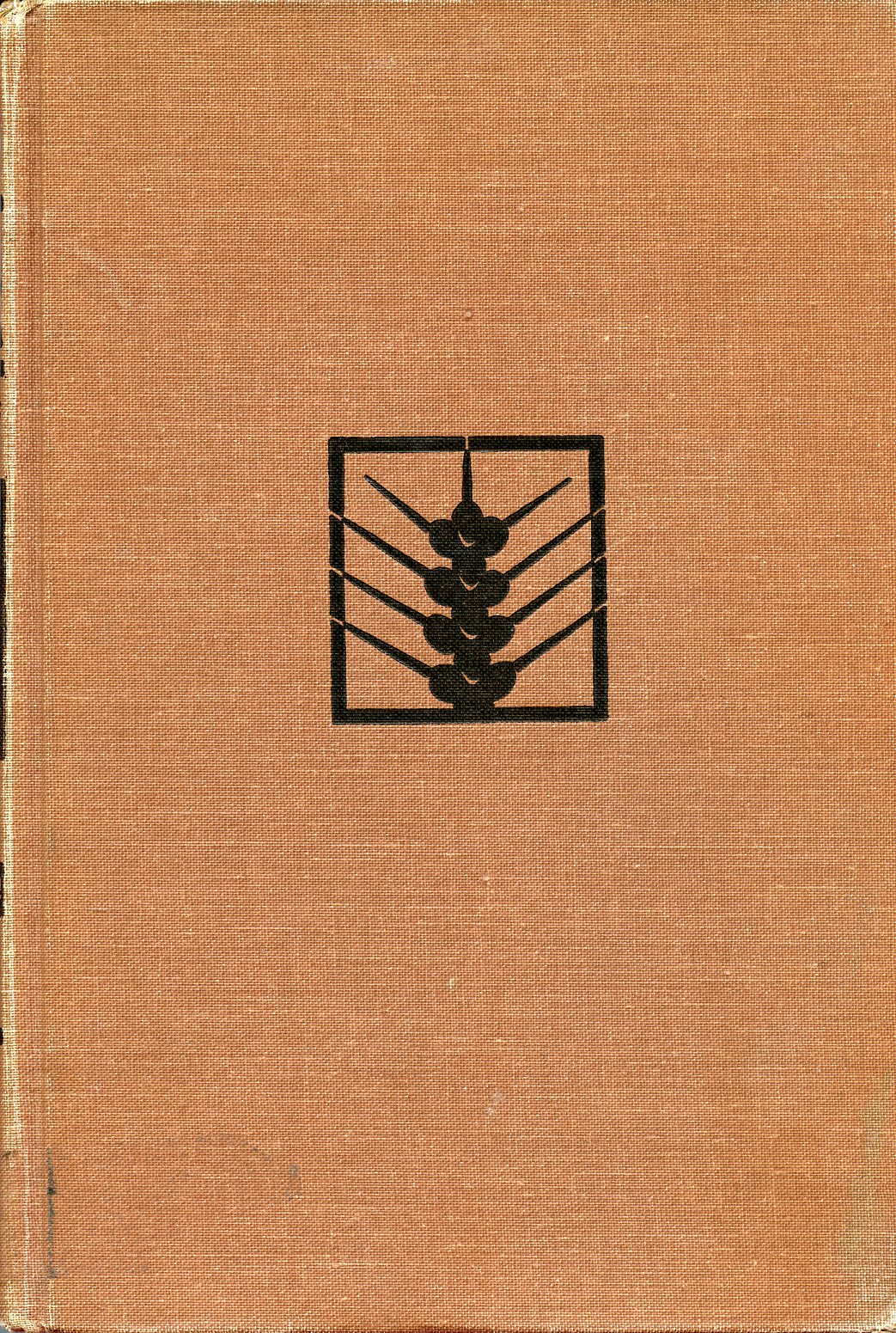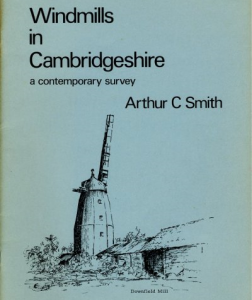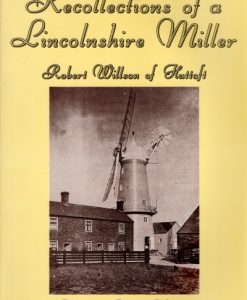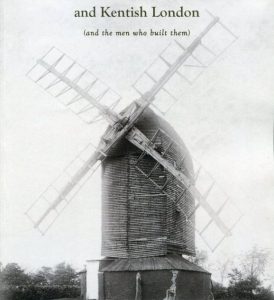Flour for Man’s Bread: A history of Flour Milling
£54.00
First Edition. Very good. Large 8vo; 382 pages; Illustrated by Harold Rydell, extensive bibliographical notes, index. Illustrated with 131 black and white drawings, plans, maps and industrial breakdown diagrams
“we learned to do better and better, devising improved tools and new skills as time passed; we enlisted the forces of nature to help us; enlarging our mechanical arts and our mental capacities …
as we struggled with the twin problems of increasing the quantity and improving the quality of our product….”
Hardcover. No Dust Cover.
From prehistoric times to the present, the ways in which man has made flour for his bread have forged the patterns of technological progress and have greatly influenced his social development. This book describes in detail how people of the western world have ground their grain – by hand, by animal-driven wheels, by crude water-powered mills, and, finally, by complex engineering methods.
The story of milling provides a graphic history of man’s ingenuity in the mechanical arts, his harnessing of power sources, and his development of agricultural skill. While the central theme is the improvement of technical processes, this development is presented, not in a vacuum, but in the context of economic geography and social history. Thus the volume offers much of importance to students of social economic history, archaeology, anthropology, sociology, agriculture, and general technology, as well as those with a specific interest in milling methods.
The book brings to readers some of the advantages of what was originally projected as a museum of flour milling several years ago by General Mills. Walter Darwin Teague, the noted industrial designer, drew plans for the museum and arranged for the fundamental research, which was carried out by Dr. John Storck, anthropologist and former professor at Columbia University and Sarah Lawrence College. Hundreds of detailed drawings illustrating the processes and devices described were prepared under their direction. Although plans for the museum had to be abandoned, the extensive research and excellent illustrative material are now made available in this comprehensive, single volume history of milling and its social and economic implications.
4 in stock





